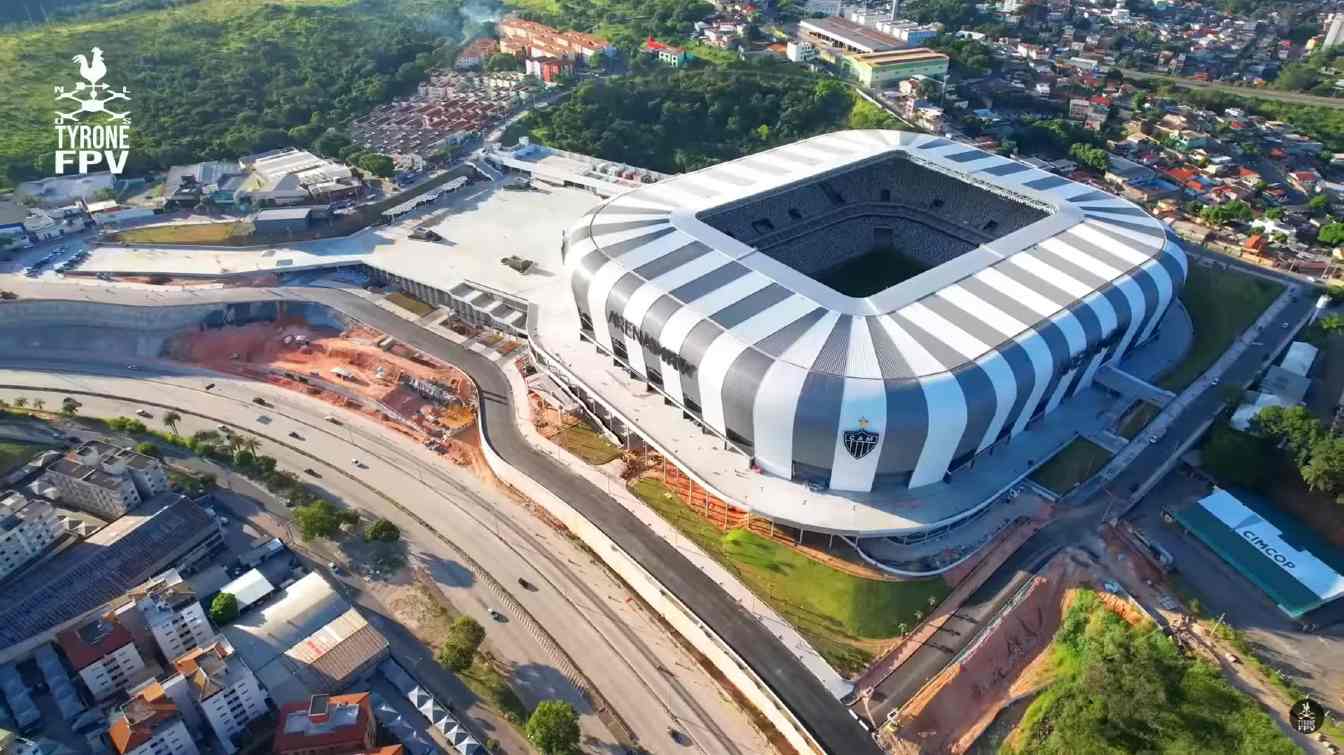Stadium of the Year 2023: Brazil, Korea and Solomon Islands - exotic novelties
source: StadiumDB.com; author: Kuba Kowalski
 The next stops on the map of stadiums nominated for Stadium of the Year competition are three countries - Brazil, South Korea and the Solomon Islands. These new venues, although quite different from each other, started from the same level in the poll, in which fans will decide which arena will win.
The next stops on the map of stadiums nominated for Stadium of the Year competition are three countries - Brazil, South Korea and the Solomon Islands. These new venues, although quite different from each other, started from the same level in the poll, in which fans will decide which arena will win.
Advertisement
 Have you already chosen your top five stadiums that you think were the best facilities built last year? Click on the graphic above to be taken to the voting page.
Have you already chosen your top five stadiums that you think were the best facilities built last year? Click on the graphic above to be taken to the voting page.
The only zebra in Brazil
You won't meet a zebra in the wilds of Brazil, but it's impossible not to notice one when driving along one of the main arteries connecting the western suburbs of Belo Horizonte with the centre of the conurbation. Arena MRV stood on an uneven hill, the facility is flanked by an elevated platform and a large plaza has been created on the west side, under which there is a four-storey car park for 2,300 cars.
Atlético has not played at its home ground since 1950, when the club left its Estádio Presidente Antônio Carlos in favour of playing in a new stadium built for the 1950 World Cup (Arena Independência). Later Atlético also played at Mineirão stadium, which opened in 1965.
The old Estádio Presidente Antônio Carlos had remained unused since 1950, and in the 1990s a shopping centre was built in its place. It became a source of significant revenue for the club and, in due course, the sale of shares allowed the construction of a new stadium. Fans of the team called Galo are already showing that their aim is for the arena to be in the lead in the Stadium of the Year competition, but will their mobilisation be enough for the stadium to win?
There were trees, there is a stadium
Before construction could begin, a large section of the forest had to be cut down and the ground levelled. The new stadium in Mokpo has a capacity of 16,468 spectators. The facility has a multi-purpose character and is equipped with a nine-lane athletics track and a natural grass pitch. The facility was built right next to the Mokpo International Football Centre complex - part of which is the football stadium where Mokpo FC players play on a daily basis.
It is possible that if there is a lot of interest in the team's matches, the club will benefit from playing in a much larger facility, which is also much more modern. How will Mokpo Stadium perform in the competition against the rest of Asia's venues? We will find out very soon!
 © namu.wiki (CC BY-NC-SA 2.0 KR)
© namu.wiki (CC BY-NC-SA 2.0 KR)
A huge development in the Solomon Islands
The new National Stadium and the entire complex is a milestone for Solomon Islands' sports infrastructure, which until now had no modern sports arenas. Originally, the construction of the stadium was to be supported by Taiwan, but following a change in the Solomon Islands' geopolitical course, China assumed the role of funder. The new National Stadium has thus become recognisable as one of the main emblems of this transition and of China's growing influence in the Pacific.
On a symbolic level, the stadium is intended to reflect the boat of friendship between China and the Solomon Islands, which is breaking through the wind and waves, sailing towards the future. Maritime accents and motifs relating to local building traditions are incorporated into the design. The building combines original local features with modern architecture. Will the exotic arena surprise positively in the final Stadium of the Year classification? If, in your opinion, it deserves one of the stars, include it in your top five.
Advertisement
 StadiumDB
StadiumDB ©
©  ©
©